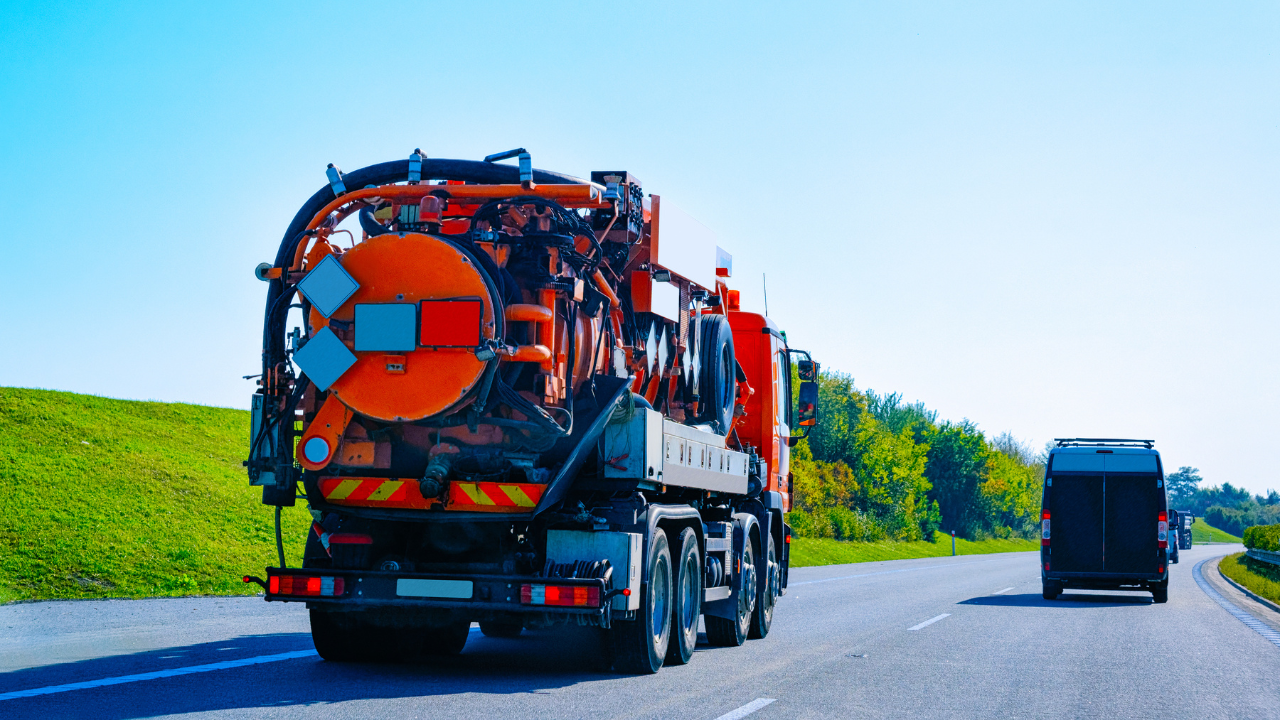
Key Takeaways
Vacuum excavation is one of the safest and most efficient methods for underground utility locating services. It uses air or water to break up soil. A vacuum removes it. This exposes utilities like water, gas, and electrical lines without damaging them.
Vacuum excavation is better than traditional digging. It's precise and non-invasive. So, it's ideal for busy urban areas. To understand the costs of vacuum excavation for utility locating, consider several factors. These include the type of equipment, the project's size, and potential indirect costs.
This article will cover the basics of utility locating. It will compare traditional excavation to vacuum excavation. Finally, it will break down the various cost factors.
Utility locating is identifying and marking underground utilities before any digging. This is a critical step for construction projects. Hitting a utility line can cause costly repairs, project delays, and serious injuries. Proper utility locating helps avoid these risks, ensuring that construction can proceed safely.
Utility locating services are typically divided into two categories: public and private utilities.
Understanding whether a project involves public or private utilities is important because it can impact the costs of vacuum excavation, as well as the level of care required to prevent utility strikes.
Traditional excavation methods involve mechanical digging, usually with backhoes or shovels. While these methods are effective for many types of excavation, they come with significant risks. Traditional digging methods can easily damage buried utilities, leading to costly repairs and even dangerous accidents. In congested areas, traditional methods can also cause major disruptions to traffic and business operations.
Vacuum excavation offers several advantages over traditional digging methods:
Overall, vacuum excavation significantly reduces the risks of utility strikes and environmental damage, making it a cost-effective choice for utility locating services in states of California and Arizona.
The main components of a vacuum excavation system include:
These components work in tandem to provide a safe and efficient method for exposing underground utilities. The water or air system breaks up the soil, which is then vacuumed up through the suction hose and stored in the vacuum truck for disposal. This allows workers to uncover utilities without the risk of damaging them, which can be a costly mistake with traditional digging methods.
Several factors contribute to the direct costs of vacuum excavation:
Vacuum excavation also helps reduce several indirect costs:
While vacuum excavation may have higher upfront costs compared to traditional methods, it often results in significant long-term savings. The reduced risk of utility strikes, project delays, and environmental damage all contribute to lower overall costs. In congested or sensitive areas, vacuum excavation's precision can prevent accidents that would otherwise cause expensive delays and repairs.
The choice between air and hydro excavation will depend on the type of soil and the specific requirements of the project. For instance, hydro excavation is more effective in compact or frozen soil, while air excavation is ideal for drier conditions and projects near electrical utilities. Understanding the soil conditions and project requirements will help determine the most cost-effective excavation method.
Vacuum excavation uses air or water to loosen soil around underground utilities. It then vacuums away the soil. This non-invasive method avoids contact with pipes and cables. It greatly reduces the risk of damaging them, compared to traditional digging methods.
Yes, vacuum excavation can be used in most soil conditions. Hydro excavation works well in compacted or frozen soils. Water can break down tough ground. Air excavation is best for dry, loose soil. It is also good where water may cause issues, like near live electrical wires.
Underground utility locating services are vital in congested urban areas. They have many utilities. So, projects in these areas benefit the most. It's also ideal for delicate tasks, like potholing, trenching, or working in sensitive areas.
Yes, vacuum excavation is much less disruptive to the environment than traditional digging. It creates a smaller footprint, needs less restoration, and often reuses the excavated material. This cuts waste and reduces the need for more resources.
Vacuum excavation reduces the risk of damaging underground utilities. This cuts the chance of costly delays due to repairs. Also, its precision helps projects move forward quickly and smoothly. This keeps them on schedule.
Hydro excavation uses pressurized water to break up soil. Air excavation uses compressed air. Hydro excavation is faster in hard-packed or frozen ground but requires more water. Air excavation works well in dry soil. It lets you use the dug-up dirt as backfill. Both methods are safer and more precise than traditional digging methods.
Vacuum excavation is a game-changer for locating underground utilities in California and Arizona. It is safer, more precise, and cheaper than traditional methods. The upfront costs might be higher. But, the long-term savings make it a valuable investment. They come from reduced project delays, fewer utility strikes, and less environmental impact. Vacuum excavation avoids costly accidents and keeps projects on track. So, it ensures that construction work is done efficiently and safely.
Take the next step in safe and efficient utility locating services by contacting Bess Utility Solutions today to get a quote. Experience expert vacuum excavation services that save you time, money, and hassle!